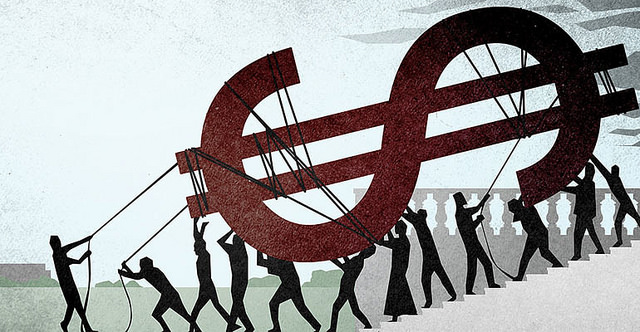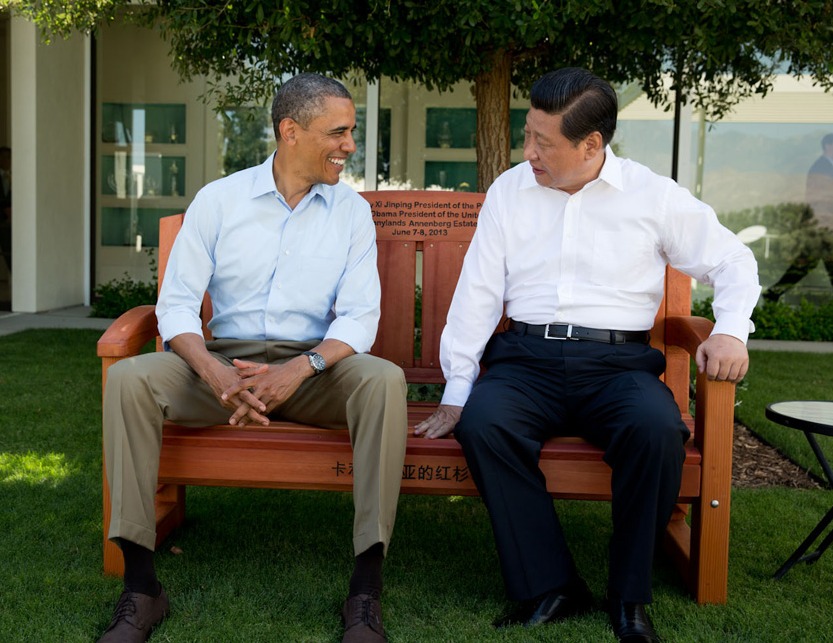India’s Prospects Brighter as Modi Gets Serious about Reforms
| For Fórmate a Fondo | 0 Comentarios

India offers many investment opportunities but is often stymied by its perceived hostile business climate. Since taking office in May last year ending ten years of a Congress-led government, Prime Minister Narendra Modi has demonstrated that he is eager to revive India’s economy, which has been in the doldrums suffering from a large current account deficit, spiralling inflation, poor infrastructure, as well as having unfriendly business laws and regulatory environment.
While the reforms introduced have so far been incremental, Modi has now promised “unlimited” economic reforms. Recently, the PM opted to push through reforms via ‘ordinances’ – a temporary executive order while parliament is in recess. Six weeks after parliament reconvenes, an ordinance must be approved by parliament or be reissued. We think this could be a game changer for India as Modi is showing he means business and will not be deterred by parliamentary obstruction.
Key reforms include:
- Insurance: Raising the foreign investment limit in insurance to 49% from 26%. This could potentially attract up to US$ 7-8 billion from overseas investors, providing a major boost to the industry.
- Land acquisition: Making it easier to acquire land for projects such as power,defence, industrial corridors, social infrastructure and housing for the poor. These projects no longer require consent of 80% of landowners during acquisition.
- Coal mining auction process: The repromulgation of the ordinance on coal will facilitate e-auction of coal blocks for private companies and allot mines directly to the state. This removes a big overhang for the sector and will boost coal production.
- Auction of minerals: All minerals other than coal will be allocated through auctions instead of an allotment basis. This will aid transfer of leases and allow a bigger scale of operations for mining companies and attract global majors.
In our view, India is one of the most positive markets in Asia. From a macroeconomic perspective there are reasons to be cheerful. GDP is forecasted to grow at a respectable 6.4% this year, while inflation appears to be under control, with the CPI remaining within the RBI’s target of 6% retail inflation by January 2016. Additionally, the manufacturing sector has been strengthening over recent months. While this more optimistic view for India is reflected in stock prices, following the recent market correction Indian equities appear to be reasonably valued now relative to historical valuations.
In the short term, lower commodity prices should be positive for corporate earnings. Lower oil prices would significantly benefit India as an oil importing country; resulting in more savings for consumers, reducing imports, improving the fiscal deficit and increasing foreign exchange reserves. Longer term, progress on reforms could provide a boost to equity markets and support the already positive macroeconomic investment case for India. Similar to many other countries within Asia, demographics, relative fiscal strength and a higher rate of growth should ensure India’s attractiveness to investors.
The Henderson Horizon Asian Growth Fund remains overweight India as we believe our investments in selected financial, consumer, pharmaceutical and IT services companies can continue to generate significant profit growth and superior returns over the next few years. Clearly the risk is that the economic reforms stall but the companies that we hold have delivered impressive returns even in a weaker political environment. Our current favoured holdings include HDFC and affiliate HDFC Bank, Tata Motors, fast moving consumer goods manufacturer Dabur, and software business, Tech Mahindra. We have also initiated a position in Lupin. The pharmaceutical has broad geographic exposure and a strong pipeline, and is also one of the fastest growing major generics companies in the key US market.
Andrew Gillan and Sat Duhra are Portfolio Managers of the Asia ex Japan Equities team at Henderson Global Investors. Andrew Gillian will be speaking in Miami Beach in the investor’s brunch, which will precede the II Funds Society Golf Tournament, on March 13th, 2015. If you are a professional investor and would like to register for this event, please contact info@fundssociety.com









